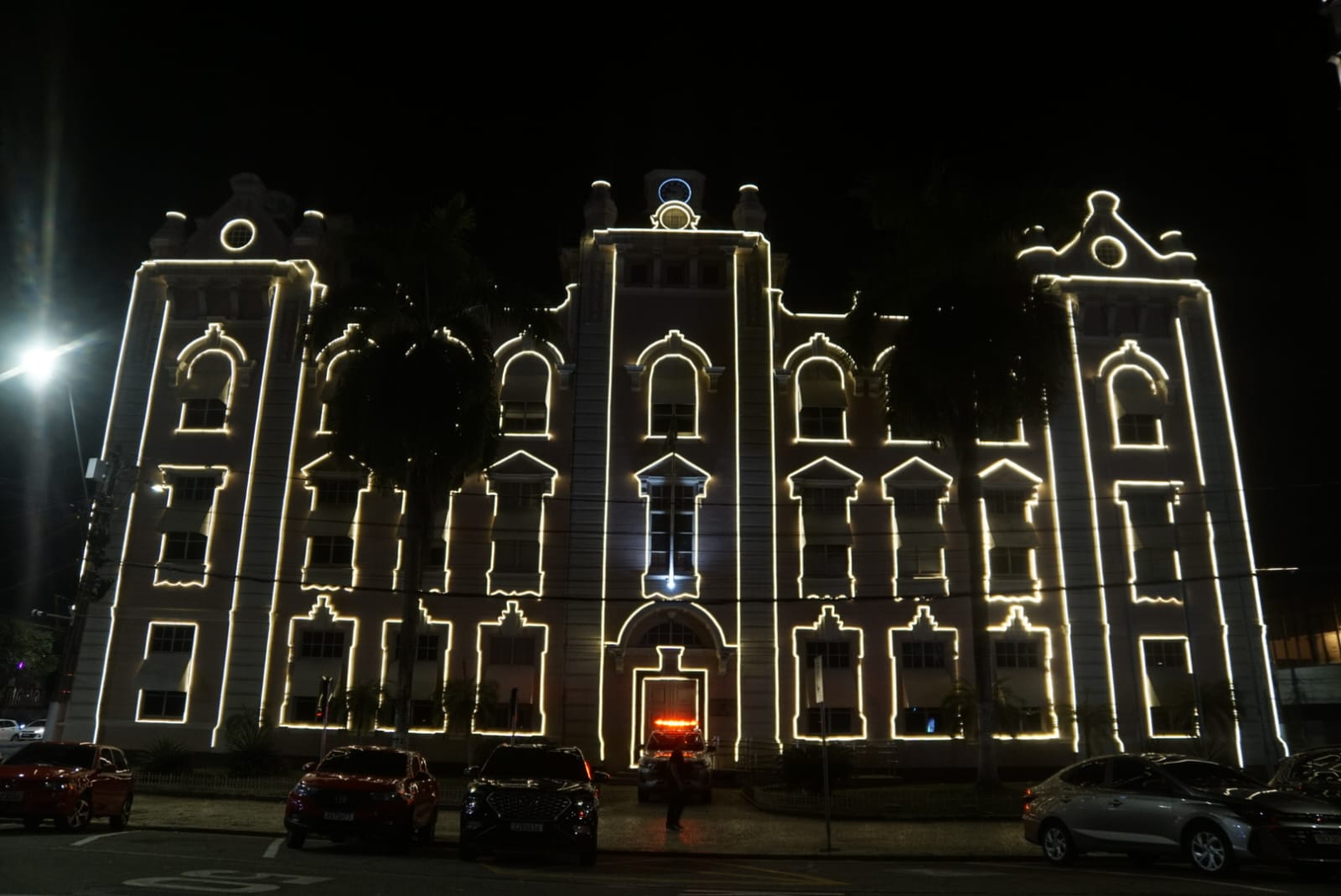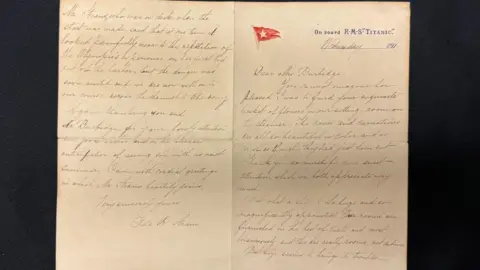World News
JUI-S leader Maulana Hamidul Haq among 5 dead in Nowshera madressah suicide blast; 20 injured
Sed ut perspiciatis unde omnis iste natus error sit voluptatem accusantium doloremque laudantium, totam rem aperiam.

At least five people, including JUI-S leader Maulana Hamidul Haq Haqqani, were killed and 20 injured when a suicide blast ripped through the Darul Uloom Haqqania seminary in Khyber Pakhtunkhwa’s Nowshera district, according to officials.
The blast tore through the main prayer hall of the madressah as worshippers gathered for Friday prayers, KP Police Inspector General Zulfiqar Hameed confirmed to Dawn.com. “It was a suicide blast. Three policemen were also injured in the attack,” Hameed said.
A statement from the Directorate of Public Relations KP Police said that the blast occurred at 2pm, adding that police and rescue teams were immediately dispatched to the site of the incident.
According to a Rescue 1122 statement issued after 5pm, five people were killed in the attack, while at least 20 were injured.
While speaking to Samaa TV earlier, the KP IG said it appeared Haqqani was the target of the suicide blast.
No group has immediately claimed responsibility for the attack.
Taken from Dawn News
World News
Turkey host the COP31 after reaching compromise with Australia

Belem (Imran Y. CHOUDHRY):- Australia will not hold next year’s UN climate summit, Australia will allow Türkiye to host COP31 next year but Australia will lead negotiations there.
Climate Minister Chris Bowen revealing Australia was willing to cede hosting rights to Türkiye in exchange for it handing him the reins of the negotiations and cementing a major role for the Pacific at the summit.
There had been a growing expectation that Australia would drop its bid to host COP31 in Adelaide as it struggled to convince Türkiye to pull out of the contest.
Under UN rules, if the two countries were unable to strike a deal, then the meeting location would automatically revert to Germany, which hosts the United Nations body responsible for the Paris Agreement.
This unusual arrangement has taken observers by surprise. It is normal for a COP president to be from the host country and how this new partnership will work in practice remains to be seen.
Despite this, there will be relief among countries currently meeting at COP30 in the Brazilian city of Belém that a compromise has been reached as the lack of agreement on the venue was becoming an embarrassment for the UN.
Australia has pushed hard to have the climate summit in the city of Adelaide, arguing that they would co-host the meeting with Pacific island states who are seen as among the most vulnerable to climate change and rising sea levels.
Turkey, which has proposed hosting COP31 in the city of Antalya, felt that they had a good claim to be the host country as they had stood aside in 2021 and allowed the UK to hold the meeting in Glasgow.
If neither country was willing to compromise then the meeting would have been held in the German city of Bonn, the headquarters of the UN’s climate body.
As a result of discussions at COP30, a compromise appears to have been reached.
This includes pre-COP meeting will be held on a Pacific island, while the main event is held in Turkey.
Australian Minister believes having a COP president not from the host country will work and that he will have the considerable authority reserved for the president of these gatherings. As COP president of negotiations, I would have all the powers of the COP presidency to manage, to handle the negotiations, to appoint co-facilitators, to prepare draft text, to issue the cover decision,” he said.
He also confirmed to Turkey will also appoint a president who will run the venue, organise the meetings and schedules.
Australia’s climbdown will be embarrassing for the government of Mr Albanese, after lobbying long and hard to win support among the other nations in the Western Europe group.
The compromise will have to be ratified by more than 190 countries gathered here for COP30 in Belem, Brazil.
Photos @ Imran Y. CHOUDHRY
World News
Titanic passenger’s watch expected to fetch £1m

A gold pocket watch recovered from the body of one of the richest passengers on the Titanic is expected to fetch £1m at auction.
Isidor Straus and his wife Ida were among the more than 1,500 people who died when the vessel travelling from Southampton to New York sank after hitting an iceberg on 14 April 1912.
His body was recovered from the Atlantic days after the disaster and among his possessions was an 18 carat gold Jules Jurgensen pocket watch that will go under the hammer on 22 November.
Auctioneer Andrew Aldridge, of Henry Aldridge & Son in Wiltshire, told BBC Radio Wiltshire: “With the watch, we are retelling Isidor’s story. It’s a phenomenal piece of memorabilia.”
Mr Straus was a Bavarian-born American businessman, politician, and co-owner of Macy’s department store in New York.
“They were a very famous New York couple,” said Mr Aldridge.
“Everyone would know them from the end of James Cameron’s Titanic movie, when there is an elderly couple hugging as the ship is sinking – that’s Isidor and Ida.”
On the night of the sinking, it is believed his devoted wife refused a place in a lifeboat as she did not want to leave her husband and said she would rather die by his side.
Ida’s body was never found.

The pocket watch stopped at 02:20, the moment the Titanic disappeared beneath the waves.
It is believed to have been a gift from Ida to her husband in 1888 and is engraved with Straus’ initials.
It was returned to his family and was passed down through generations before Kenneth Hollister Straus, Isidor’s great-grandson, had the movement repaired and restored.
It will be sold alongside a rare letter Ida wrote aboard the liner describing its luxury.
She wrote: “What a ship! So huge and so magnificently appointed. Our rooms are furnished in the best of taste and most luxurious.”
The letter is postmarked “TransAtlantic 7” meaning it was franked on board in the Titanic’s post office before being taken off with other mail at Queenstown, Ireland.
Both items will be offered by Henry Aldridge & Son in Wiltshire, with the letter estimated to fetch £150,000.
The watch is set to become one of the most expensive Titanic artefacts ever sold.
The auction house said news of the sale had already generated “significant interest from clients all over the world”.

“Theirs was the ultimate love story – Isidor epitomised the American Dream, rising from humble immigrant to a titan of the New York establishment, owning Macy’s department store,” a spokesperson for the auction house said.
“As the ship was sinking, despite being offered a seat in a lifeboat, Ida refused to leave her husband and stated to him ‘Isidor we have been together all of these years, where you go, I go’.”
The spokesperson added: “This is the reason why collectors are interested in the Titanic story 113 years later – every man, woman and child had a story to tell and those stories now are retold through these objects.”
A gold pocket watch presented to the captain of the Carpathia, the steamship which rescued more than 700 Titanic survivors, sold last year a record-breaking £1.56m.
World News
Major corruption scandal engulfs top Zelensky allies

Ukraine’s energy and justice ministers have resigned in the wake of a major investigation into corruption in the country’s energy sector.
President Volodymyr Zelensky called for Energy Minister Svitlana Grynchuk and Justice Minister Herman Halushchenko’s removal on Wednesday.
On Monday anti-corruption bodies accused several people of orchestrating a embezzlement scheme in the energy sector worth about $100m (£76m), including at the national nuclear operator Enerhoatom.
Some of those implicated in the scandal are – or have been – close associates of Zelensky’s.
The allegation is that Justice Minister Herman Halushchenko and other key ministers and officials received payments from contractors building fortifications against Russian attacks on energy infrastructure.
Among those alleged to be involved are former Deputy Prime Minister Oleksiy Chernyshov and Timur Mindich – a businessman and a co-owner of Zelensky’s former TV studio Kvartal95. He has since reportedly fled the country.
Halushchenko said he would defend himself against the accusations, while Grynchuk said on social media: “Within the scope of my professional activities there were no violations of the law.”
The National Anti-Corruption Bureau of Ukraine (Nabu) and Specialised Anti-Corruption Prosecutor’s Office (Sap) said the investigation – which was 15 months in the making and involved 1,000 hours of audio recordings – uncovered the participation of several members of the Ukrainian government.
According to Nabu, the people involved systematically collected kickbacks from Enerhoatom contractors worth between 10% and 15% of contract values.
The anti-corruption bodies also said the huge sums had been laundered in the scheme and published photographs of bags full of cash. The funds were then transferred outside Ukraine, including to Russia, Nabu said.
Prosecutors alleged that the scheme’s proceeds were laundered through an office in Kyiv linked to the family of former Ukrainian lawmaker and current Russian senator Andriy Derkach.
Nabu has been releasing new snippets of its investigation and wiretaps every day and on Tuesday it promised more would come.
The scandal is unfolding against the backdrop of escalating Russian attacks on Ukrainian energy facilities, including substations that supply electricity to nuclear power plants.
It will also shine a spotlight on corruption in Ukraine, which continues to be endemic despite work by Nabu and Sap in the 10 years since they were created.
In July, nationwide protests broke out over changes curbing the independence of Nabu and Sap. Ukrainians feared the nation could lose the coveted status of EU candidate country which it was granted on condition it mounted a credible fight against corruption.
Kyiv’s European partners also expressed severe alarm at the decision, with ambassadors from the G7 group of nations expressing the desire to discuss the issue with the Ukrainian leadership.
The backlash was the most severe to hit the Ukrainian government since the start of Russia’s full-scale invasion in 2022 and was only quelled by Zelensky’s decision to reinstate the freedom of the two anti-corruption bodies.
Yet for some that crisis brought into question Zelensky’s dedication to anti-corruption reforms. The latest scandal threatens to lead to more awkward questions for the Ukrainian president.
-

 Europe News9 months ago
Europe News9 months agoChaos and unproven theories surround Tates’ release from Romania
-

 American News9 months ago
American News9 months agoTrump Expels Zelensky from the White House
-

 American News9 months ago
American News9 months agoTrump expands exemptions from Canada and Mexico tariffs
-

 American News9 months ago
American News9 months agoZelensky bruised but upbeat after diplomatic whirlwind
-

 Art & Culture9 months ago
Art & Culture9 months agoThe Indian film showing the bride’s ‘humiliation’ in arranged marriage
-

 Art & Culture9 months ago
Art & Culture9 months agoInternational Agriculture Exhibition held in Paris
-

 Pakistan News5 months ago
Pakistan News5 months agoComprehensive Analysis Report-The Faranian National Conference on Maritime Affairs-By Kashif Firaz Ahmed
-

 Politics9 months ago
Politics9 months agoUS cuts send South Africa’s HIV treatment ‘off a cliff’








